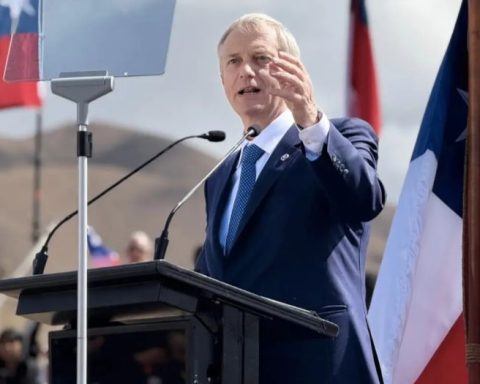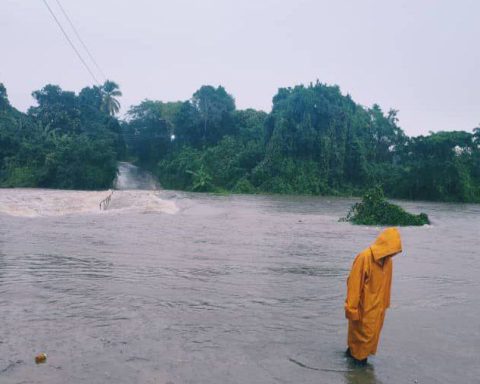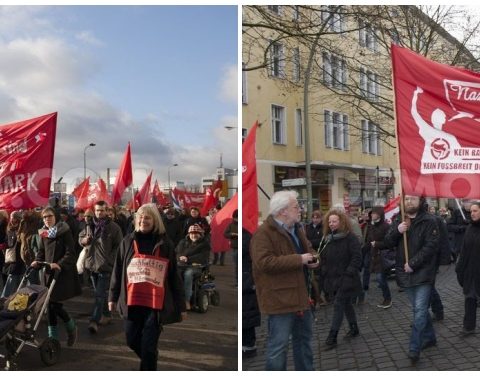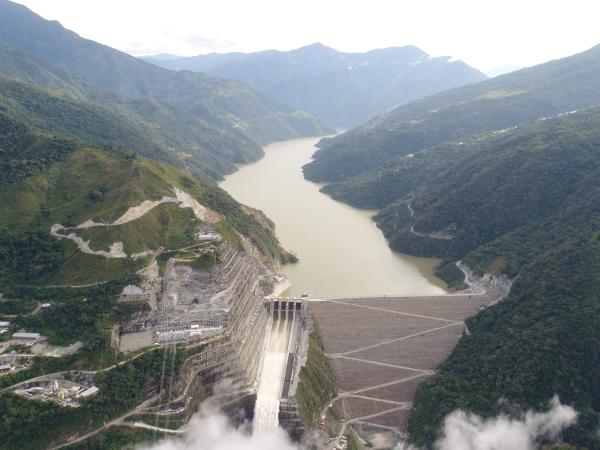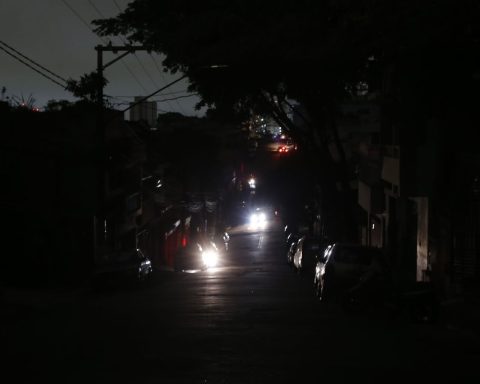The Cuban government hopes that the economy close 2022 with a growth of 2%, two points below what was planned, and 8% below the levels prior to the COVID-19 pandemic.
During the first day of the tenth session of the current legislature of the National Assembly of Popular Power (ANPP)the head of the Ministry of Economy and Planning (Mep), Alejandro Gil Fernández, described this year as “hard and difficult.”
Deputy Alejandro Gil @AlejandroGilFDeputy Prime Minister and Head of Economy and Planning, reported on the progress of the economy and compliance with the plan of measures approved at the Ninth Ordinary Period of Sessions of the @Cuba Assembly.#Popular power #CubaLegisla pic.twitter.com/olvu0srBuc
— National Assembly Cuba (@AsambleaCuba) December 12, 2022
When presenting the report to the deputies on the progress of the economy, he explained that, with respect to 2019, the last full year before the pandemic, primary activities are currently 32.8% lower, secondary activities are 17.9 % and the social ones are still 6.8% below, according to the review of the Efe agency.
Gil Fernández also assured that in 2022 the expected growth in exports will not materialize, and that the income in foreign currency and in national currency will be “less than the plan”.
He also indicated that income from the export of goods (tobacco, rum and honey, mainly) “have practically recovered” to the levels of three years ago.
Regarding tourism, the second pillar of GDP and which occupies the same place among the largest sources of foreign currency income for the economy, the official assured that the objective of receiving 2.5 million foreign visitors will not be achieved either, because as previously recognized the figure will only reach 1.7 million tourists.
Regarding the main causes of this poor performance, he pointed out inflation, whose accumulated annual figure was officially set at 28.76% at the end of October, and the current energy crisis that the country is going through.
He indicated that there has been an “unprecedented increase in the prices of the main imports”, in reference to food and fuel (Cuba imports approximately 80% of the goods it consumes).
In addition, he recognized that the National Energy System (SEN) has gone through a “very difficult” period this year due to the increase in fuel prices.
He added that in order not to excessively affect the population with the blackouts, economic activities, from industry to agriculture, were regularly paralyzed, which in the long run harms the public because there is less production and supply. This fuels, he said, scarcity and inflation.
The minister acknowledged that the measures implemented to stabilize the economy have not yet achieved the desired effects, although, he said, they are beginning to show results.
However, he mentioned some achievements in terms of decisions related to the money market. He pointed out that in just four months of application, more than 15 million dollars were purchased, 10 times more than what was previously purchased, according to review the Cuban News Agency (ACN).
Regarding the participation of foreign investment in the wholesale and retail market, he commented that they are working on nearly 60 projects.
In contrast, he highlighted that the year will close with 480 state companies with losses, many affected by government measures to cap prices, an issue that must be reviewed, he said, since “not all of them are inefficient.”
Cuba suffers a severe and prolonged economic crisisaggravated by the effects of the COVID-19 pandemic, the tightening of the sanctions imposed by the United States government and the little effect of the measures adopted to overcome the complex situation.
In the midst of these circumstances, the population has suffered throughout the year from shortages of basic products (food, medicine, fuel), partial dollarization of the economy and frequent and prolonged cuts in the supply of electricity.
The forecasts for 2023 do not seem destined to change the outlook, although the government has projected a 3% growth in the economy. If it happens, it would chain a positive streak, since that index was 1.3% in 2021.
When presenting the Economy Plan for next year to the deputies, Gil specified that in 2023 they will “continue to make progress in the gradual recovery of the economy”, and predicted “a better performance” based on what he identified as ” lights”, “alternatives” and “solutions”.
At constant prices, the Gross Domestic Product (GDP) can reach 53,931 million Cuban pesos (2,248.4 million dollars) in 2023, compared to 52,360 million (2,182.9 million dollars) in the ministerial plan. estimated for 2022, the 51,334 million of 2021 (2,140.1 million dollars), the 50,698 million (2,113.6 million dollars) of 2020 and the 56,932 million (2,373.5 million dollars) of 2019, according to the figures handled by Efe.
Gil appreciated certain “conditions” that favor economic recovery, such as the control of the pandemic, the improvement that is expected for the tourism sector and the “results” of the international tour that President Miguel Díaz-Canel recently carried out.
Díaz-Canel visited Algeria, Turkey, Russia and China in November to hold exchanges with the highest authorities of those nations on the restructuring of public debt and energy supply as the main points.
EFE/OnCuba

